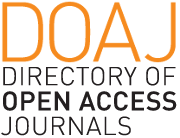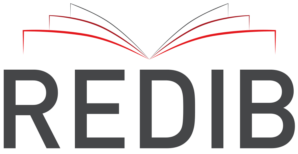Automatic generation of natural language sentences for pictogram sequences in support of Augmentative and Alternative Communication
Abstract
The Augmentative and Alternative Communication (AAC) is an area of clinical educational practice for speech therapists whose goal is to assist individuals who are orally deficient. The pictorial communication symbols are one of the AAC systems that can complement or even replace the spoken language of these individuals. It is possible to use the ability already acquired in pictorial communication by children with disabilities to promote their literacy. Unfortunately, the related literature does not seem to indicate a practical solution to this question. In this paper, we propose a method for automatic generation of natural sentences in the Brazilian Portuguese language in regards to a given sequence of pictorial symbols presented. This method has been implemented in a visual tool to support professional educators and is currently part of one of the AAC tools of the AAC Laboratory at the Federal University of Sergipe, Brazil. A validation set provided by the Laboratory has shown the correctness of the sentences generated by the tool.
Authors who publish with this journal agree to the following terms:
- Authors retain copyright and grant the journal right of first publication with the work simultaneously licensed under a Creative Commons Attribution License that allows others to share the work with an acknowledgement of the work's authorship and initial publication in this journal.
- Authors are able to enter into separate, additional contractual arrangements for the non-exclusive distribution of the journal's published version of the work (e.g., post it to an institutional repository or publish it in a book), with an acknowledgement of its initial publication in this journal.
- Authors are permitted and encouraged to post their work online (e.g., in institutional repositories or on their website) prior to and during the submission process, as it can lead to productive exchanges, as well as earlier and greater citation of published work (See The Effect of Open Access).













